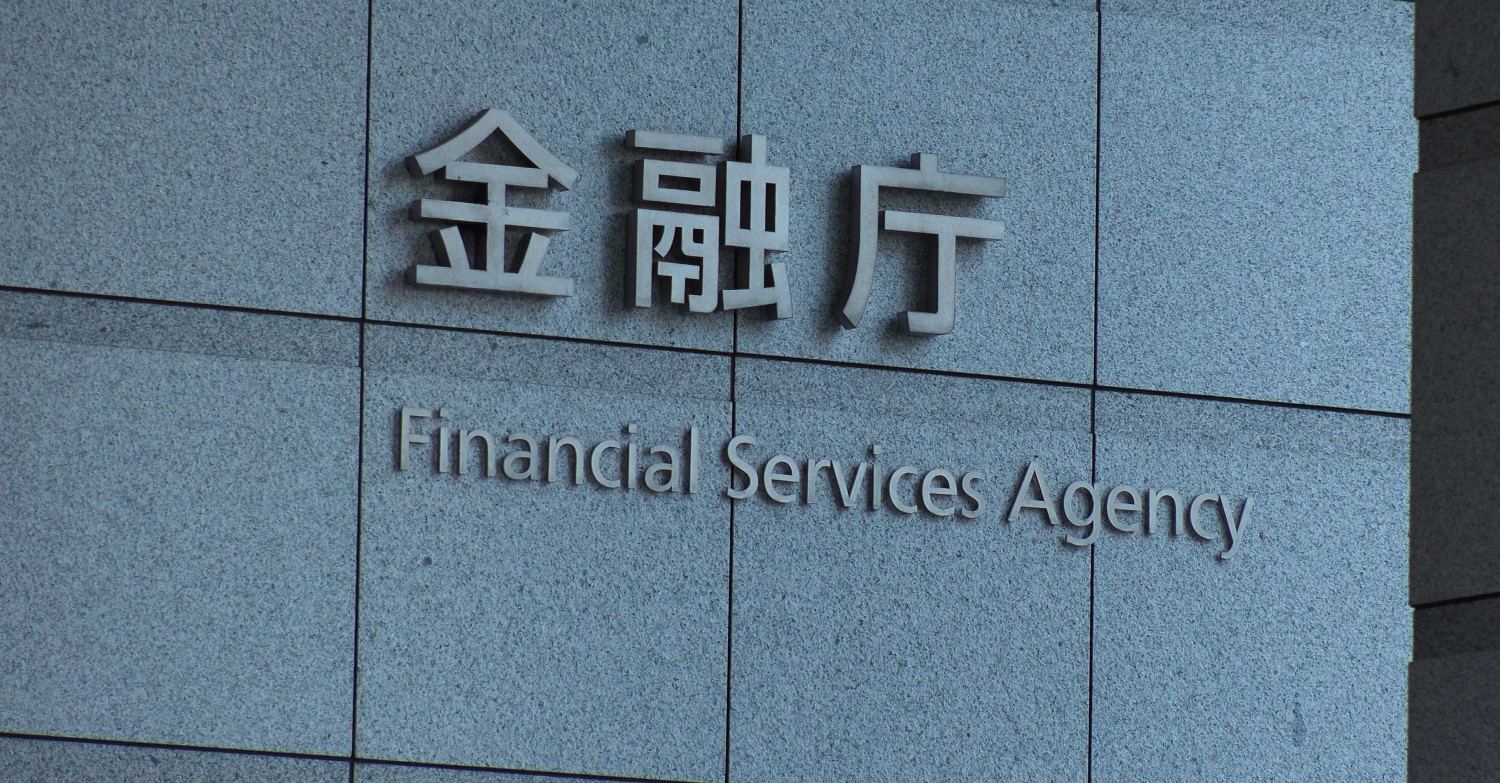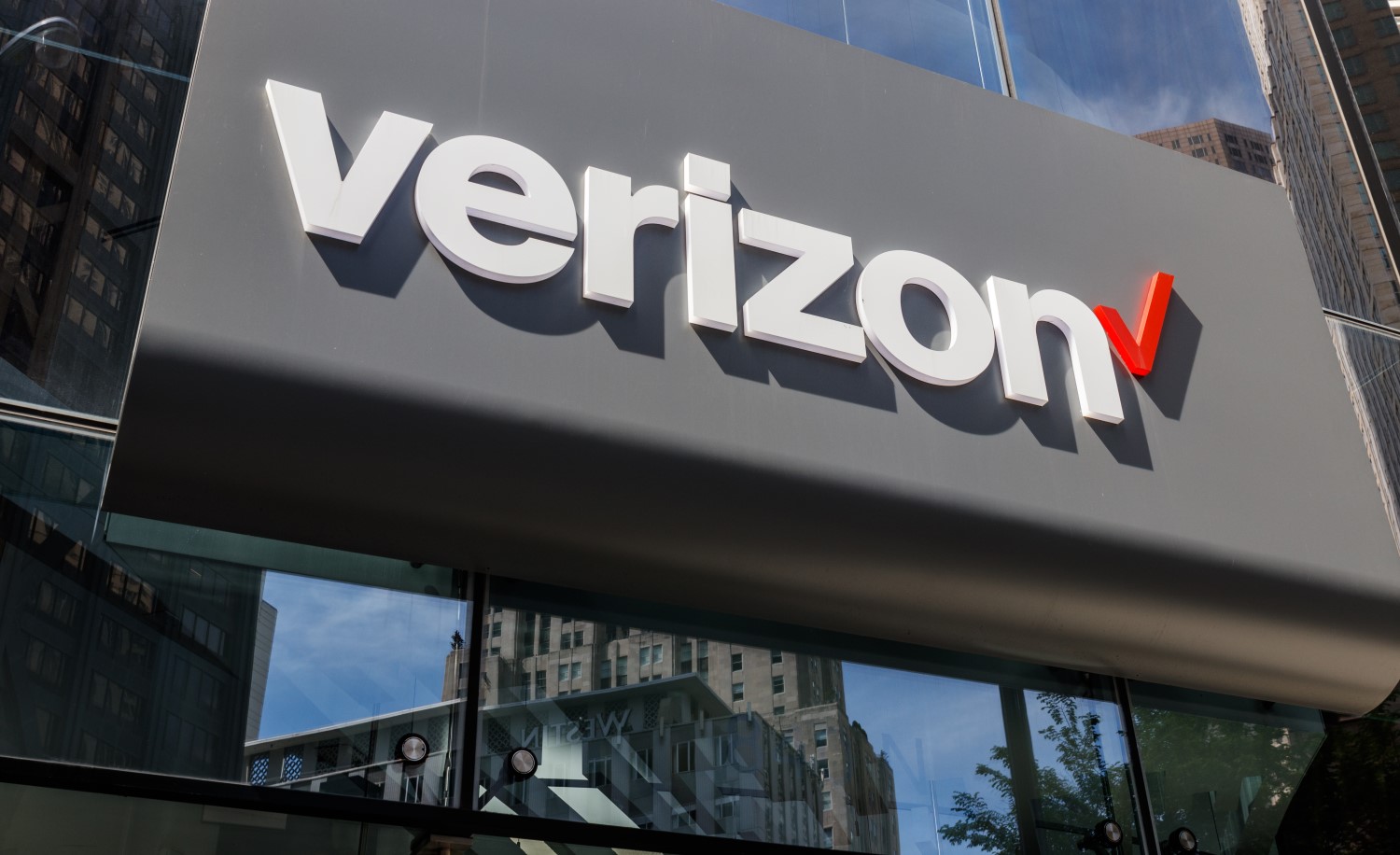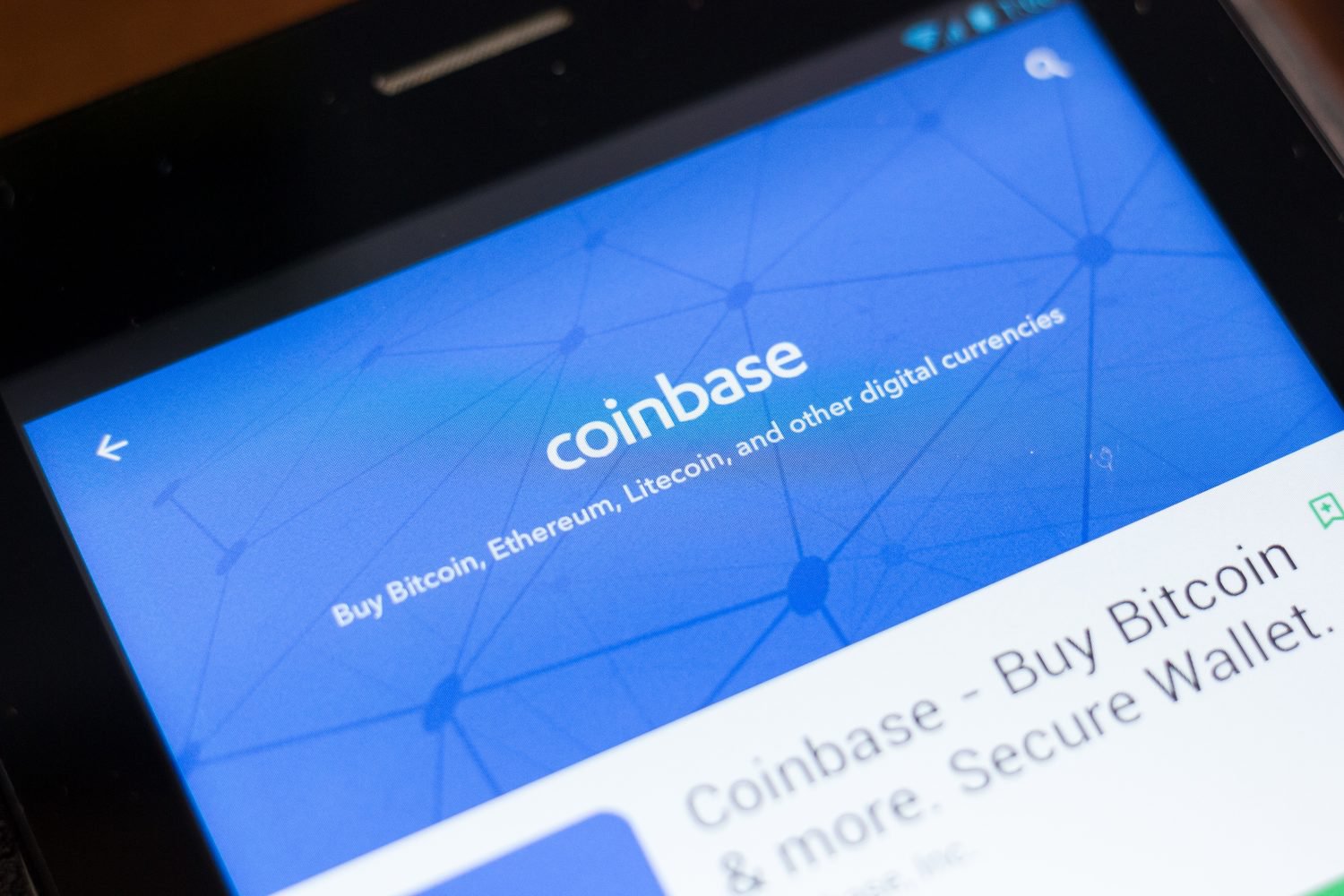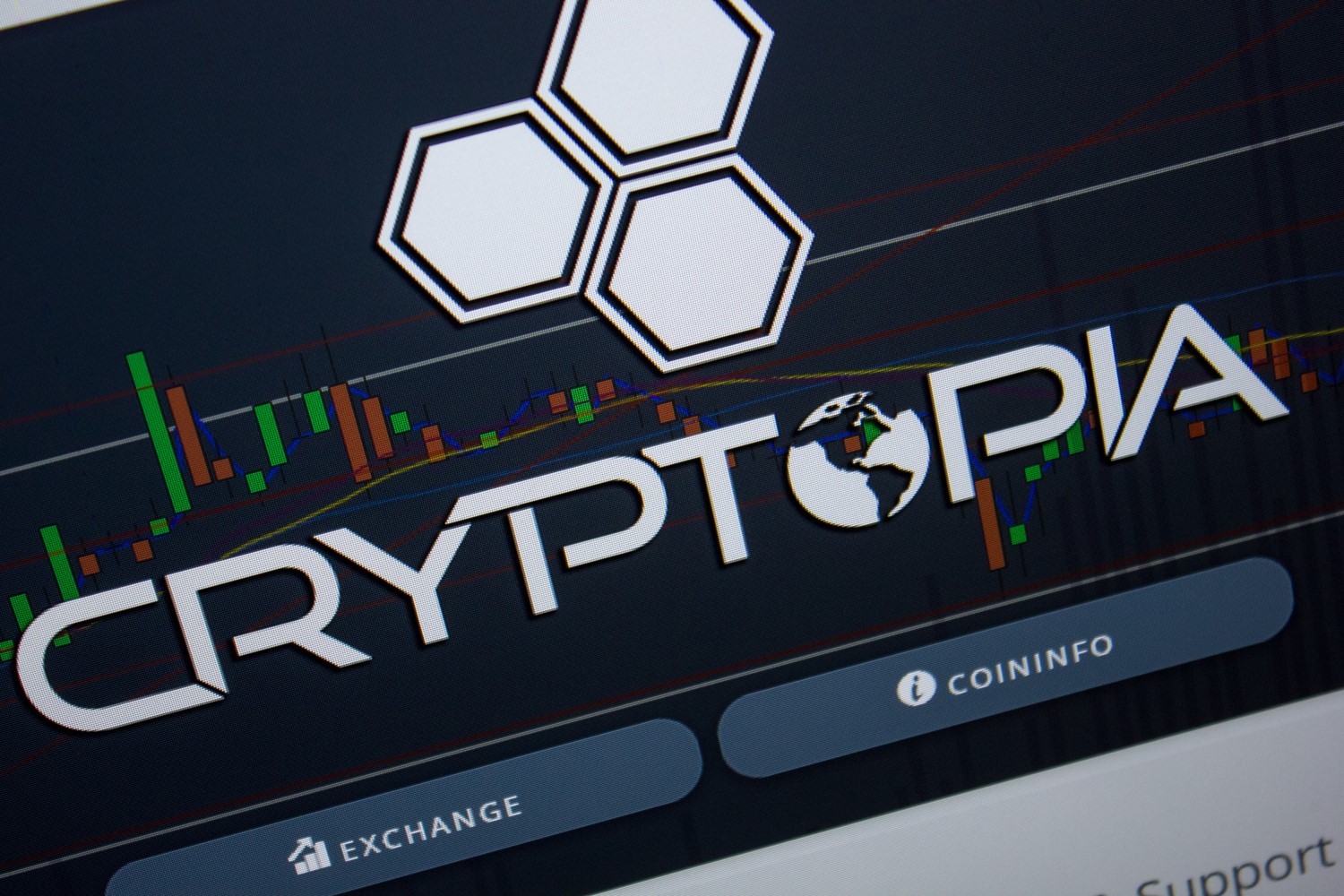Bitcoin’s Halving May Be Here Sooner Than You Know (Again)
/arc-photo-coindesk/arc2-prod/public/LXF2COBSKBCNHNRE3WTK2BZ7GE.png)
-
A recent surge in the computing power on the Bitcoin blockchain has sped up the creation of new blocks as mining companies seek to cash in on the bullish trends in the market.
-
Miners are bringing new, more powerful rigs online and even plugging in older machines again, pushing up the network computational power known as the “hashrate.”
-
History appears to be repeating itself: A similar dynamic played out four years ago in the months before the last halving, which came earlier than expected.
The crypto world is eagerly awaiting next month’s bitcoin “halving” – the once-every-four-years event when the reward for adding new data blocks to the network is reduced by 50%. It’s a natural, pre-programmed part of the blockchain’s underlying code.
Astute observers may have noticed, however, that the expected time and date keeps creeping closer.
The halving is currently looking likely to fall around April 15, according to Nicehash’s countdown. Just a few months ago, it was supposed to come on April 28.
A similar phenomenon was observed in the run-up to the last halving four years ago, and history appears to be repeating itself.
The halving is considered a momentous event by many, seen as a catalyst for bull runs in the bitcoin (BTC) price and certainly a talking point in this year’s runup to an all-time high just over $69,000. As the theory goes, if fewer new bitcoins are being created and demand keeps surging, they’re harder to come by, so the value of those already in existence increases. April’s halving will see the block reward reduce to 3.125 BTC from 6.25 BTC.
But there’s another dynamic playing out in the bitcoin market: As the price of the cryptocurrency rises, the rewards of mining it get richer, and more operators are encouraged to turn on their machines or ramp up their computational power, known as “hashrate.”
A recent surge in hashrate has sped up the creation of new blocks as mining companies seek to cash in, and they’ve pushed even harder by bringing newer, more powerful equipment online.
Not so long ago, the Bitcoin mining-machine maker Antminer’s S19s were all the rage. Now the S21s are the top of the line.
“The modern S19 miners series averages around 120 terahashes per second (TH/s), but when you plug in an S21, you’re almost doubling that hash rate per slot,” Taylor Monnig, senior vice president of technology for bitcoin miner CleanSpark (CLSK), said in an interview.
Halvings officially take place every 210,000 blocks, which works out at around once every four years as a new block is added to the network every 10 minutes on average.
There are occasional “difficulty adjustments” to maintain the cadence, but over periods of time – and especially in bull markets – the blockchain can speed up.
Some firms will reinstall older kit that may soon be obsolete, in order to squeeze every drop of hash power out of their mining fleets as the halving approaches.
“Global hash rate was going to grow because lots of people ordered lots of machines. That’s the number one factor,” Adam Swick, chief growth officer of mining firm Marathon Digital (MARA), said in an interview. “Not as significant, but still evident, is that also people are re-plugging in some old machines due to the prices being high.”
Edited by Bradley Keoun.









